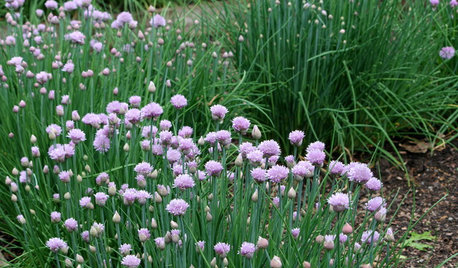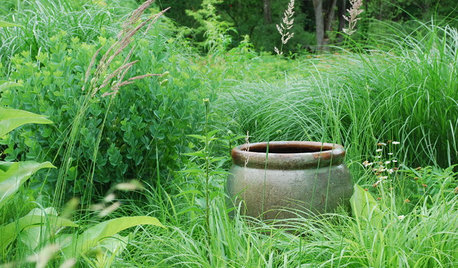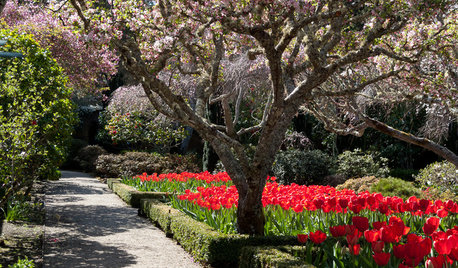ok to grow an entire poplation of plants from one motherplant?
njbiology
18 years ago
Related Stories

EDIBLE GARDENSSummer Crops: How to Grow Tomatoes
Plant tomato seedlings in spring for one of the best tastes of summer, fresh from your backyard
Full Story
EDIBLE GARDENSHow to Grow 10 Favorite Fruit Trees at Home
Plant a mini orchard in fall, winter or early spring to enjoy fresh-off-the-tree fruit the following year
Full Story
HERBSHerb Garden Essentials: How to Grow Chives
This decorative and delicately flavored herb from the onion family is easy to grow indoors and out
Full Story
EARTH DAYGrow a Beautiful Garden With Ecofriendly Greywater
Reducing home water waste means lower bills and a healthier planet. Here's how to set up a greywater home irrigation system that can help
Full Story
EDIBLE GARDENSHow to Grow Your Own Sweet Summer Crops
This guide will help any gardener get started on growing the freshest warm-season veggies and berries for summer
Full Story
GARDENING AND LANDSCAPINGGrow a Lush Privacy Screen
No need to wait forever for patio privacy the green way. These 10 ideas will get your screening up and running in no time
Full Story
FARM YOUR YARDHow to Grow Vegetables in Containers
Get glorious vegetables and fruits on your patio with a pro’s guidance — including his personal recipe for potting mix
Full Story
GARDENING GUIDES5 Invaluable Life Lessons From the Garden
The garden is both teacher and healer. Don't be afraid — dig in and reap the benefits
Full Story
PLANTING IDEASEasygoing Tulip Ideas From a Grand California Garden
Gather up these ways to use tulips to make a spring garden of any size overflow with beauty
Full Story
FLOWERSRudbeckia Mania: Go Beyond Black-Eyed Susan in the Garden
Branch out from typical nursery fare, with lesser-known Rudbeckia species that have delightfully unexpected features
Full Story






rhizo_1 (North AL) zone 7
happyhoe
Related Professionals
Tomball Landscape Architects & Landscape Designers · Bedford Landscape Contractors · Darien Landscape Contractors · El Mirage Landscape Contractors · Huntley Landscape Contractors · Shafter Landscape Contractors · Nashville Fence Contractors · Centennial Fence Contractors · Chaska Fence Contractors · Oldsmar Fence Contractors · Parkland Fence Contractors · Tavares Fence Contractors · Verona Fence Contractors · Walnut Fence Contractors · Winchester Fence Contractorsadmmad
njbiologyOriginal Author
brandon7 TN_zone7
ronalawn82
brandon7 TN_zone7
njbiologyOriginal Author
brandon7 TN_zone7
admmad
maplerbirch